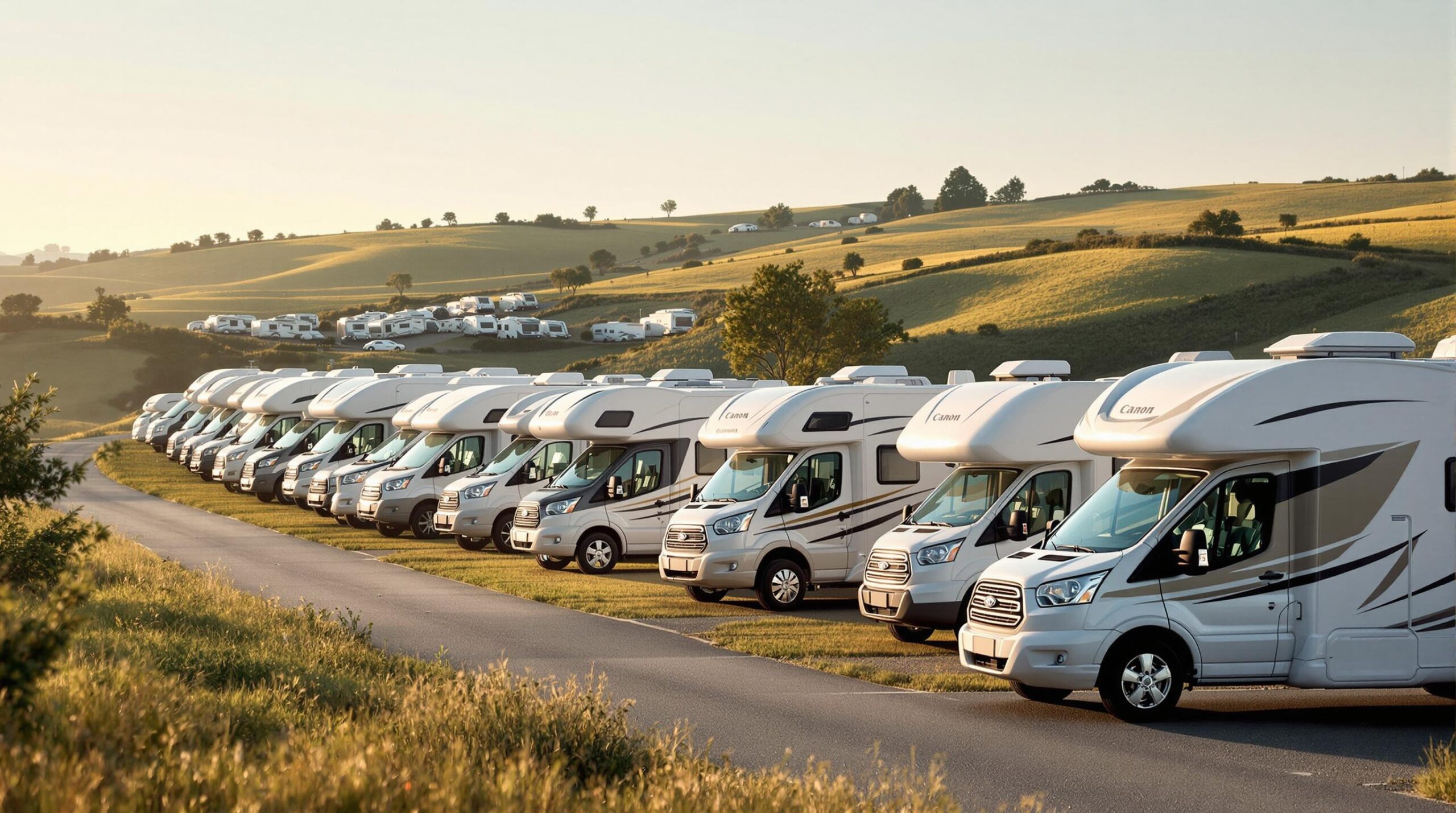Residents of La Plata County’s Animas Valley are once again grappling with a proposal by Arizona-based developer Scott Roberts to build a luxury RV park on Trimble Lane. His revised plan follows a previous rejection in April 2024 for what county officials deemed noncompliance with local land-use codes. The new version outlines 275 RV stalls at the property, a detail that has reignited concerns about preserving the area’s rural character.
Members of the Animas Valley Action Coalition recently gathered at the Durango Public Library to discuss the proposal ahead of a scheduled meeting with Roberts on April 29. They believe the development could negatively affect elk herds by encroaching on farmland and wildlife corridors, though official documentation has not verified such harm. Coalition participants also point to the risk of urban sprawl and increased congestion near County Road 252.
A significant question raised by individuals affiliated with the coalition is how the additional traffic from large vehicles might overwhelm local roads designed for low-density travel. They maintain that the proposed number of stalls would intensify vehicle flow, particularly during popular vacation seasons, potentially disrupting the valley’s scenic character.
According to Roberts, the plan aligns with existing commercial zoning mandates, and he says he has “will serve” letters from sewer and water providers. However, official documentation confirming those claims was not provided. Roberts has indicated he is open to addressing concerns and clarifying potential areas of confusion.
He stated, “If I have traffic, I have sewer, I have water … if I’m meeting all of the guidelines and not asking for any variances, it’s going to be pretty hard for the county to turn me down,” he said. Opponents remain focused on influencing decisions prior to any county rulings.
One participant in the group suggested helping Roberts look for a different property that might be less sensitive, and coalition members say they tried cooperating with him before but received no reply. Although that idea has not progressed, some participants see it as a way to reduce conflict if an alternate, more suitable site can be identified.
The county’s planning history in the region has highlighted tensions between broader commercial development and the slower pace valued by property owners. The Animas Valley Action Coalition contends that any project should be compatible with local traditions, including the maintenance of farmland and the protection of wildlife corridors. Members believe that preserving open space is essential, but they also note that thoughtful discussions can sometimes yield compromises.
Numerous large RV resorts employ eco-friendly measures to sync with community interests. Many implement open space for wildlife, permeable surfaces to manage stormwater, solar-powered lighting to reduce energy consumption, and native vegetation around sensitive areas. These techniques have helped certain developments preserve farmland while reducing ecological disruptions.
Traffic management is frequently considered a cornerstone of planning for high-volume RV parks. It can involve scheduling staggered arrival times, establishing separate entry and exit points, and providing carpool incentives. Such approaches may alleviate residents’ concerns about congestion and maintain a quieter atmosphere.
It is reported that developers integrate permeable pavement and bioretention systems to limit flooding, erosion, and water pollution. This method can reduce upkeep costs compared to conventional surfaces by $0.11 per square foot, according to a tool cited by water management professionals. The cumulative effect may preserve local environments.
Planning resources highlight that combining permeable surfaces with green infrastructure further minimizes stormwater runoff and can lower maintenance expenses by nearly half. Insights from a study on sustainable site design indicate that digital tools have made it easier to identify efficient and cost-effective drainage strategies through an analysis of green solutions.
Many RV resort operators use eco-friendly site-based techniques to protect habitats and maintain rural character, which can ease local fears regarding proposed expansions. By showcasing a commitment to environmental stewardship, a developer might address local desires for preserving both the area’s ecological balance and pastoral charm. In a region like the Animas Valley, ensuring responsible traffic planning can also calm worries about congestion.
Presenting best practices in design and fostering open dialogue could encourage more cooperation between Roberts and the community. Although the future of the project remains uncertain, some coalition participants believe clear, proactive measures in conservation and traffic management represent a path toward compromise. The coming meeting is expected to illuminate whether these concerns will be sufficiently addressed to protect the Animas Valley’s distinctive character.


